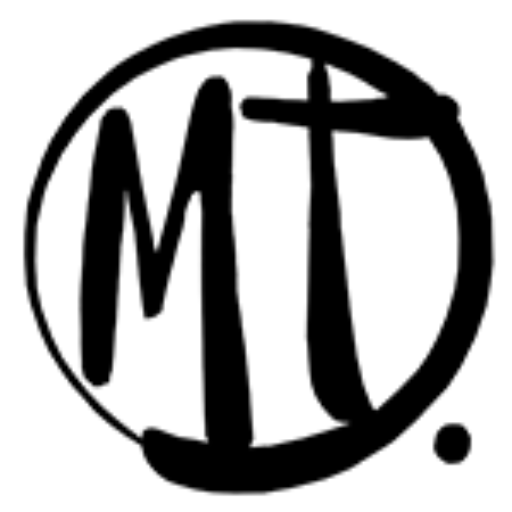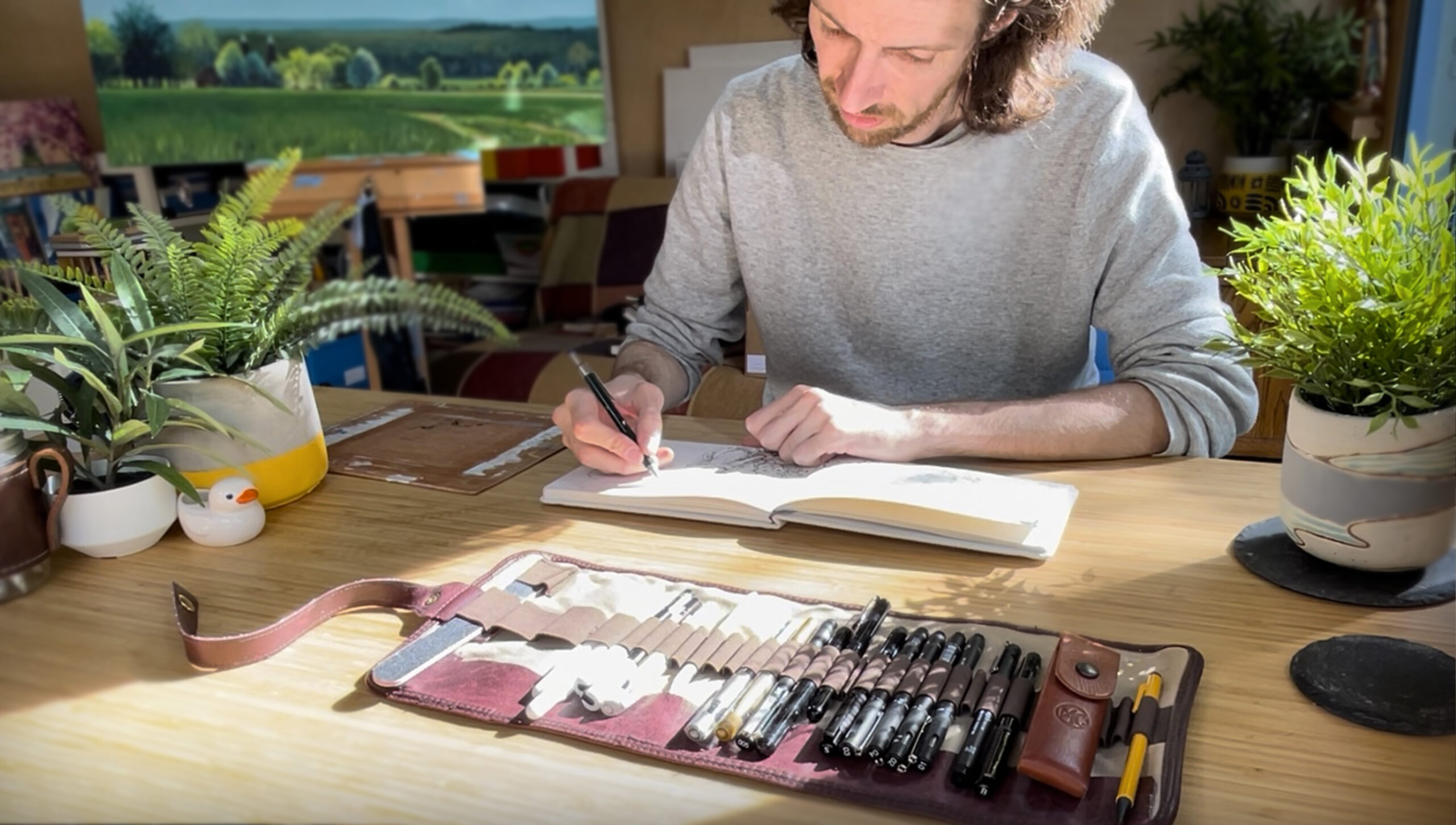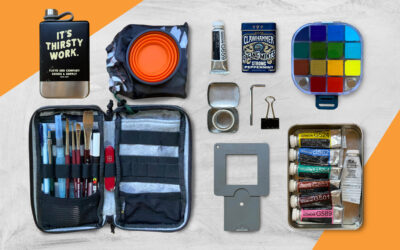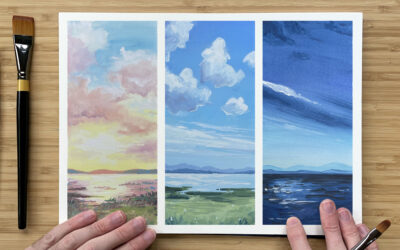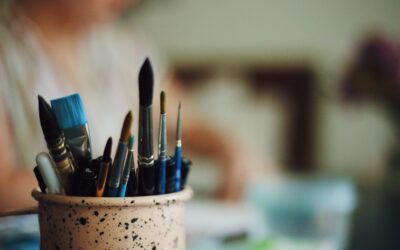If you’re anything like me, focusing on the process instead of the end result is difficult, it takes a lot of practice. This is why sketchbooks are so important! They are a tool to get the scribbles out of our heads, a means to practice, explore ideas, and one of the easiest ways to see a physical record of your creative process and progression.
Even though it’s mostly about the practice of just putting pen (or pencil or crayon or whatever!) to paper, keeping a sketchbook can also be as methodical and organised as you want it to be. In today’s blog post, I’m putting together a few tips to keep a sketchbook that not only helps you relax and stay loose creatively, but also becomes a compilation of your creative side that you’ll be proud to keep and share for years after it’s been filled.
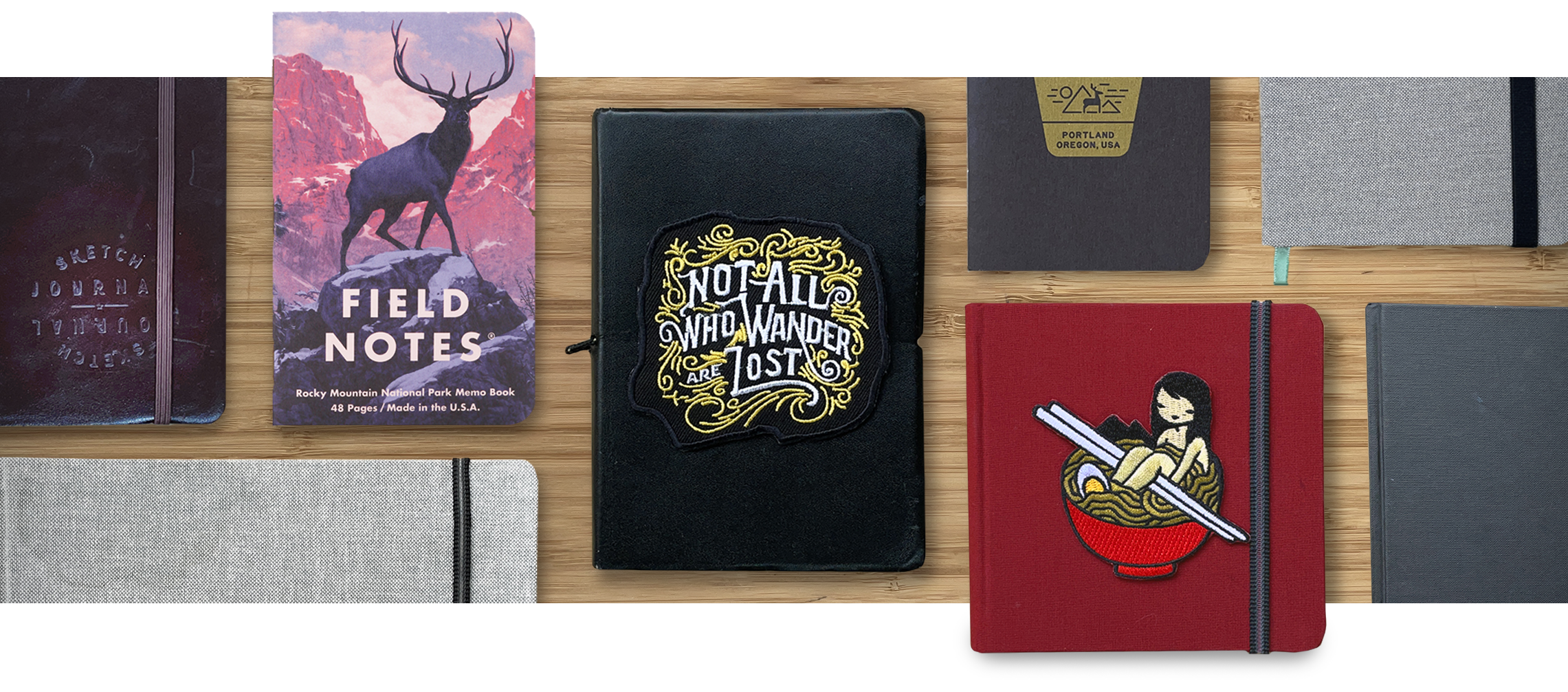
Finding the right book
Choosing the right sketchbook for you is essential. Notice how I said the right one for you. Our sketchbooks are deeply personal things and finding the right one isn’t so much about the perfect paper weight or binding. It’s really more about your personal preference.
So where will you be sketching? At home or in a coffee shop? During a lecture or your morning commute? Think about the places you’re most likely to take your sketchbook and plan accordingly. Consider your page count too, it’s amazing to have a chunky tome filled with a year’s worth of material but a stack of skinny pads that fill up quickly are great too.
It doesn’t necessarily have to be the best book out there either, just pick one out that suits you and your lifestyle. You’ll find more success if it’s something you love and will want to use all the time. I have one that fits right in my back pocket, which means I use it way more than I use the bulky one kept at home.
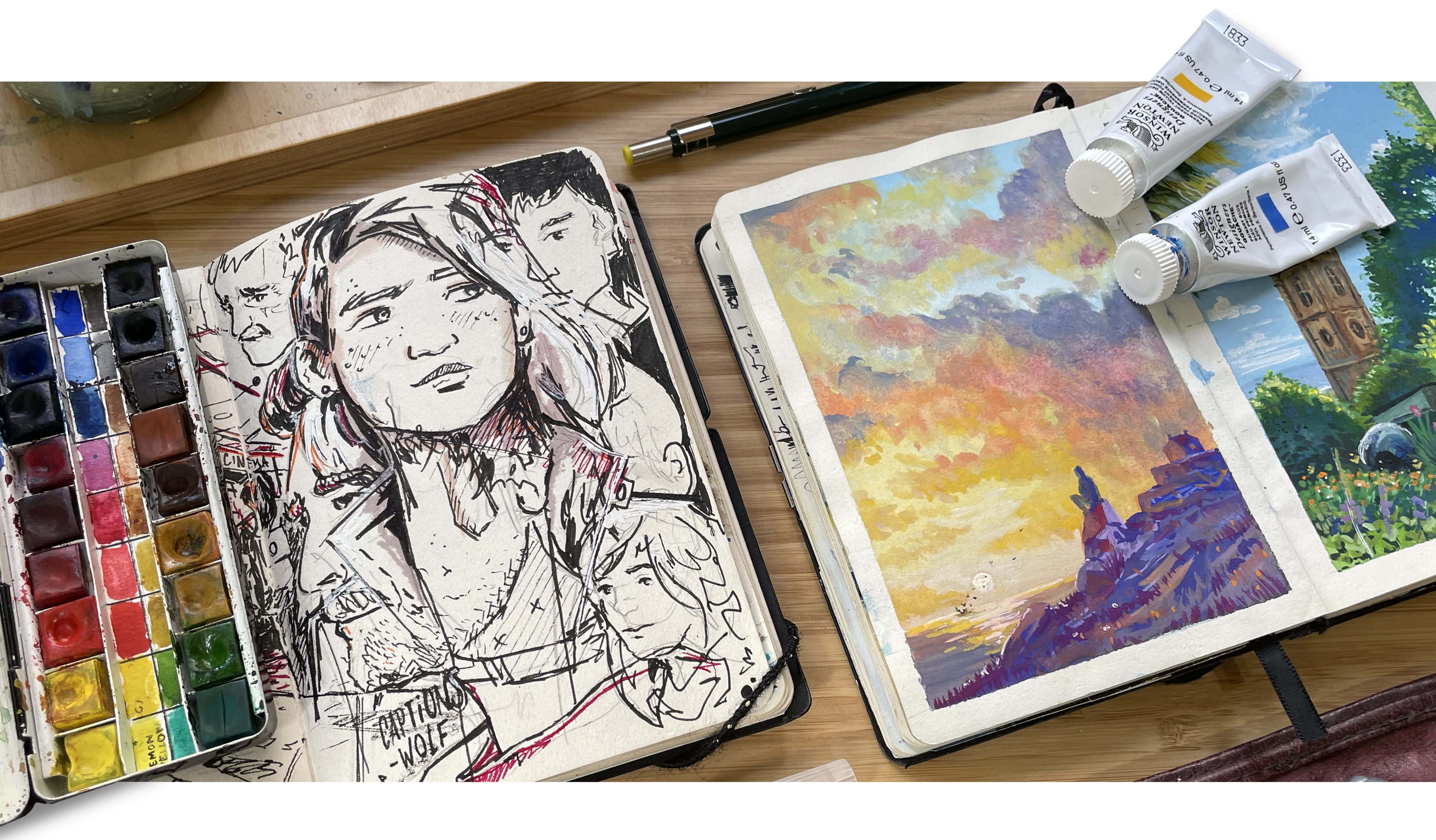
Choose your paper carefully
Paper choice will have a huge influence on the end result of your sketches, so think about your process. Do you sketch in black ink? Do you like splashes of watercolour or use another process that requires heavy papers? Do you sketch quickly in pencil and need a lot of pages to work with, or do you work slowly and meticulously? If the idea of being able to add whatever you want sounds interesting to you, maybe set yourself up for success as a multimedia artist by getting a sketchbook with thick, durable pages in a heavy weight that can handle paints or other media without bleeding or warping.
It takes time to discover your own style or figure out a set of mediums that you prefer. Even though a sketchbook isn’t going to be your final piece, it’s still good to have something that will hold up under the stress of your creative processes and withstand the test of time. You’ll want to look back at this later and celebrate your progress!
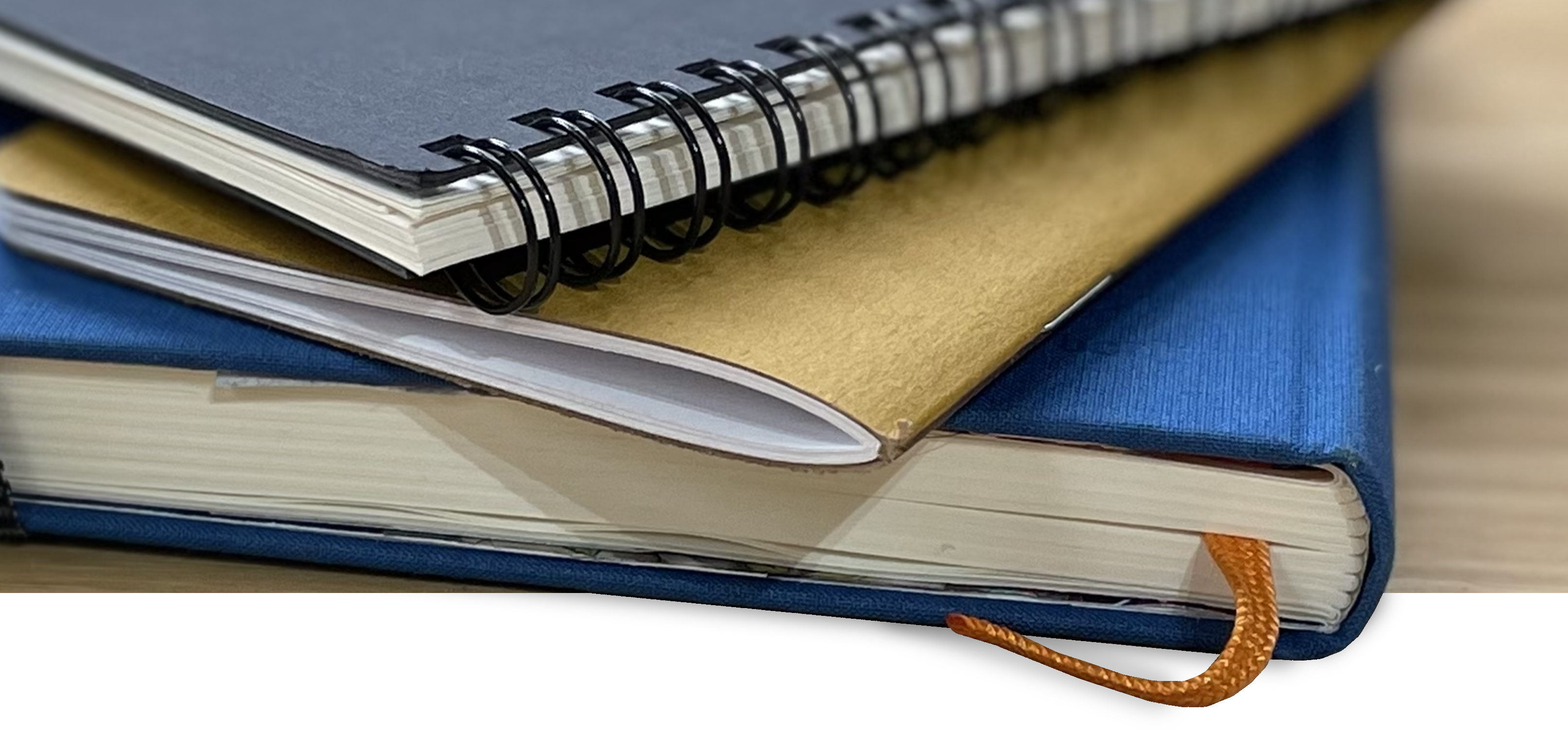
Choose your binding
Just as important as the paper in your sketchbook, but perhaps a little more likely to be overlooked, is the binding. Most sketchbooks come in spiral bound or perfect bound, like a paperback novel. If you’re going to want to edit as you go along, spiral bound sketchbooks allow you to easily remove pages without damaging the book itself. If you want your sketchbook to feel like a big compilation when you’re finished, perhaps a hardbound book will be your best bet. If you want to be able to glue or tape sketches into your book as you go. Consider getting a book that has a loose enough spine to allow you space to do that. Alternatively, buy a book that has pockets to store your loose scribbles.
If you’re most concerned about portability, a small, simple saddle stitch (staple bound) book will be your best bet. Keep in mind though that if you’re going to want to do any scanning of your sketches later on (if you edit them digitally or use them to create digital artwork) then you may want to use a book that lays completely flat to allow for high quality scans to be made.
Be okay with throwaway
One problem that I think holds a lot of artists back from getting the most out of their sketchbook is perfectionism, or fear of making something that looks really, really ugly. Van Gogh says it best, that every artist at some point had to push through the feeling that their work sucked. No one wakes up and is suddenly amazing at drawing, even the masters were beginners at some point. So have at it, grab that sketchbook and make beautiful terrible drawings over and over and over, because this is how we learn!

The best way to make a sketchbook is to be at peace with the idea that some of the pages in your book will be UGLY. It’s okay. Just accept it. If they’re so ugly that you can’t look at them, rip the page out or glue the pages together. Whatever you do, just keep drawing. I promise the more you draw, the less you will hear the inner voice saying you can’t do it. Just keep drawing!
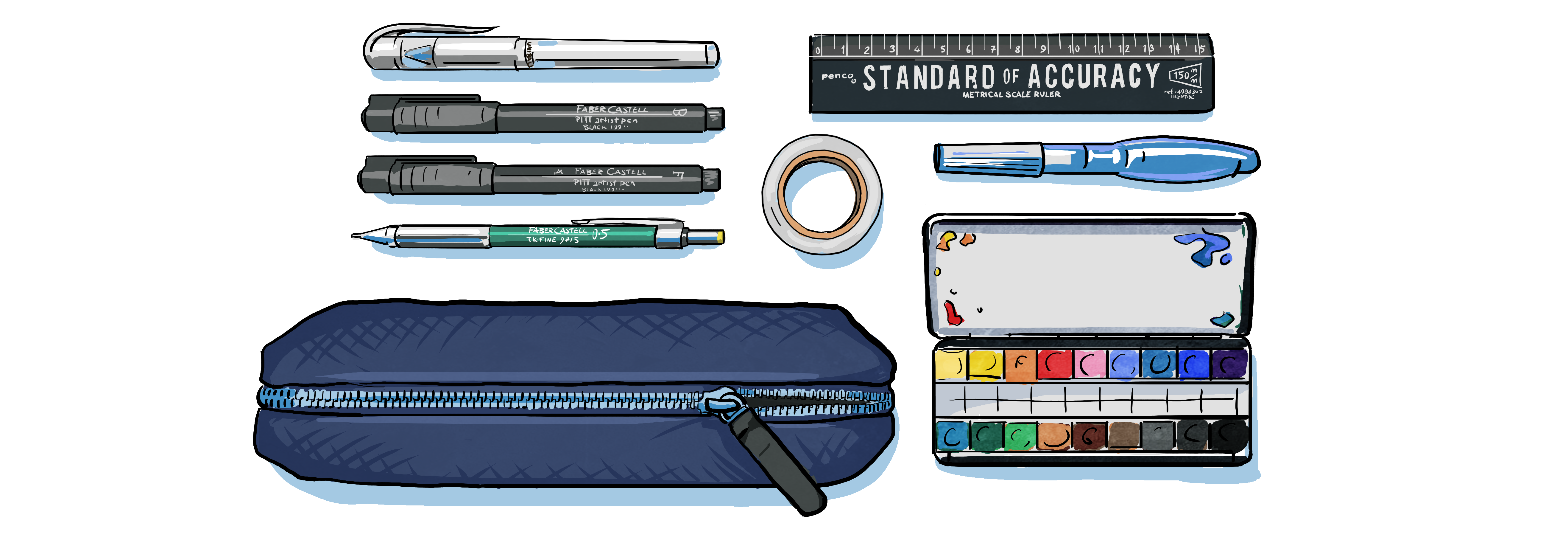
Make it as easy as possible
We’re familiar with the old saying, “out of sight, out of mind” and this is unfortunately so true when it comes to building a sketchbook. If you put your sketchbook away on the tippy top of your bookshelf, what’s the likelihood you’ll remember to grab it on your way out? I’ve found that my sketchbook gets filled up the fastest when I leave it on a table next to the front door, so I see it when I’m heading out, and if I know I’m going to have some time to sketch, I can easily take it with me.
I also like to keep a little set of pens, pencils, and erasers in my bag because you just never know when inspiration may strike! Do your best to stay prepared and you’ll find that sketching will become more of a mindless habit, and less of something you have to make yourself do from time to time. Your sketchbook will fill up in no time!
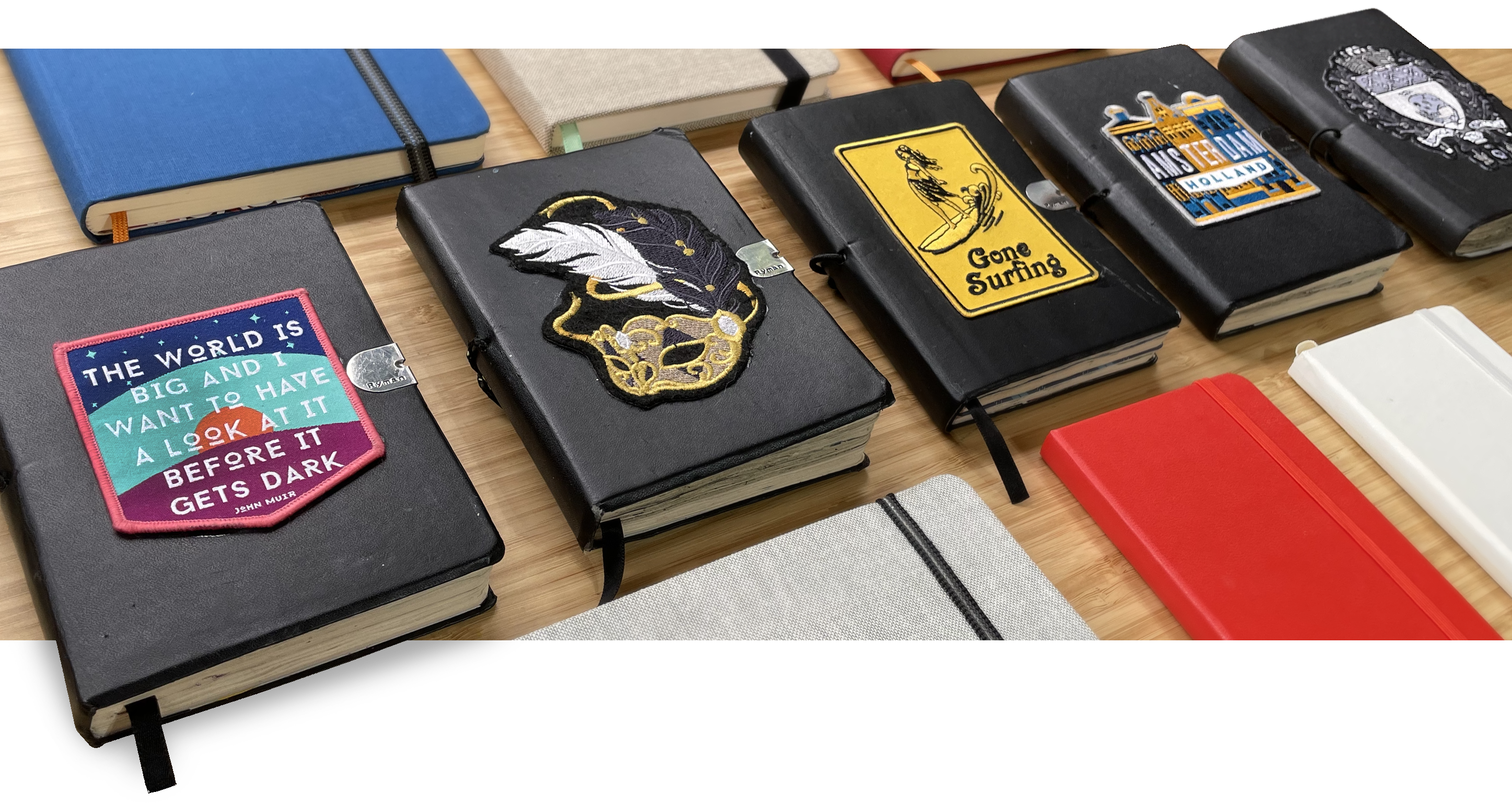
Share, Share, Share
One easy way to give yourself some accountability in your creative journey is to share your progress! Start a blog or post to your social media and share what you’re making with the world.
Wherever you literally just started drawing yesterday or you’ve been going at it for years, sharing your work is a way to boost your confidence as an artist. There’s also so much to be said for building a creative community: invite others to share their sketchbooks with you, and give each other helpful and encouraging feedback!
If you’re afraid to share your sketchbook, start small. Share your work with someone who doesn’t intimidate you and ask them what they like about it.
If you’re interested in getting feedback, research a few sketchbook-related hashtags on Instagram and include them in your posts. This will get your work in front of other artists who will likely be more than willing to give you a little feedback or encouragement if you need it!
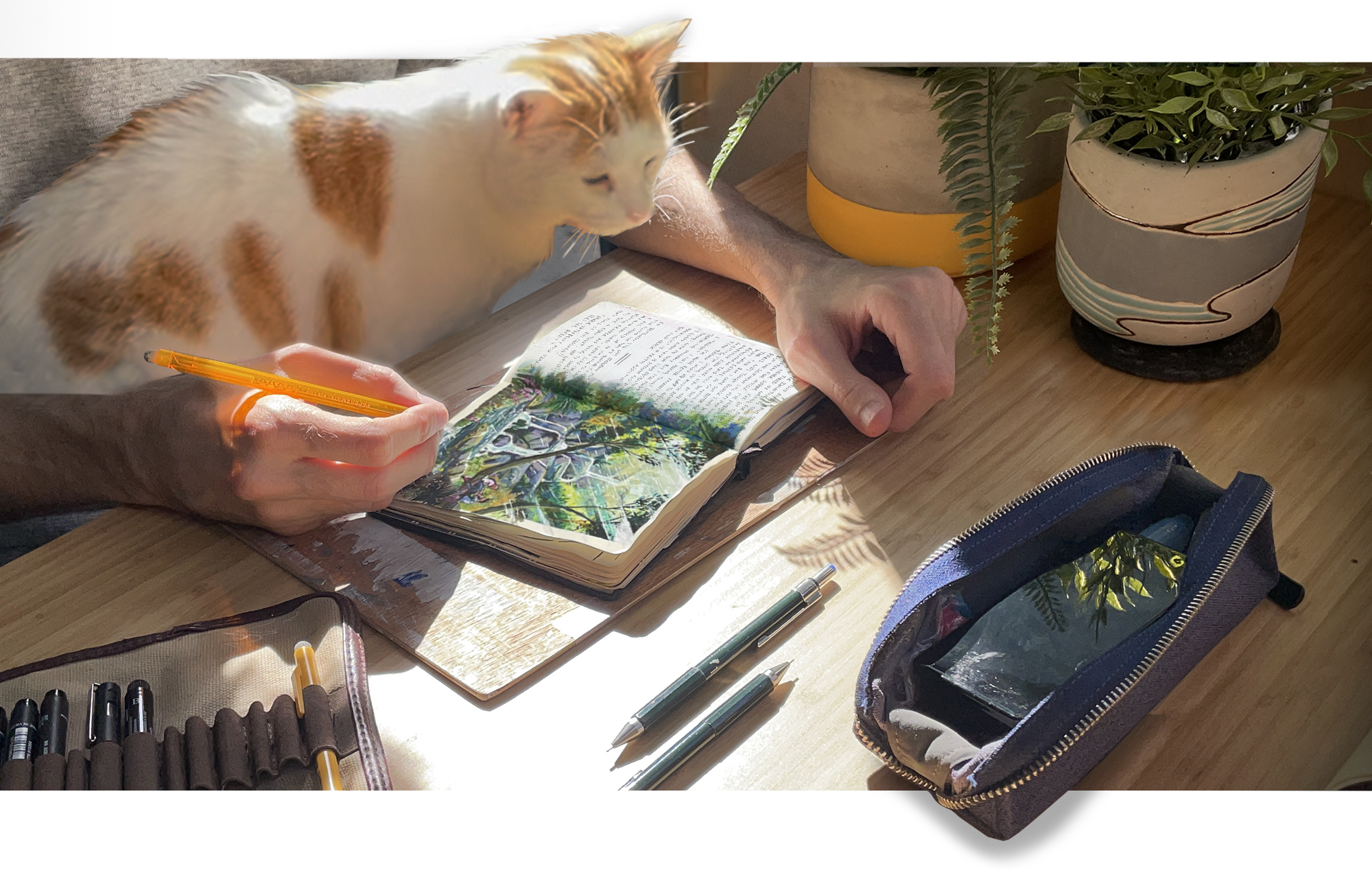
Find what excites you!
The first page is absolutely the most difficult and daunting. Blank-page panic combined with analysis paralysis, as if the success of everything that follows hinges on the success of the first which simply isn’t true. However to get you going here’s a list of ten ideas for what to draw in the first ten pages of your sketchbook:
- This Sketchbook Belongs To – in the inside cover, write your name, contact details and surround it with drawings (or as I like to do, collage all your travel tickets, scraps and stickers). Practically, this is always a great first step in case you lose your sketchbook!
- Inside My Bag – Grab your pencil case, bag or backpack and pull everything out. Draw the contents and label them!
- Materials Test – What kind of range of marks can you make with your tools? Create a colour wheel from your paint set.
- My Favourite Things – Draw your favourite pair of shoes, hoodie, sunglasses or floppy hat, etc. Draw the things that a cartoonist would include if they were making a character based on you!
- What’s Your Mood? – Fill up a spread with an abstract drawing depicting your current mood or write a journal entry about your creative intentions for the coming year.
- Netflix & Chill – Draw the characters from your favourite book, movie or video game.
- Grub’s up! – Draw what you had for lunch or what you’re having for dinner tonight. I’m thinking of either fish & chips or a cheeky spag bol.
- Pattern Play – Use a spread to draw elements for a repeating pattern, this is a surprisingly relaxing one and great for mindfulness too!
- Animal Town! – Draw your pet dog, sketch the birds outside your window or that friendly cat you pass on the way to the bus stop.
- World’s Greatest Toaster – Create a poster advertising an everyday object. Obviously don’t forget to include the robotic legs.
Hope you’ve enjoyed these tips and tricks on how to keep a sketchbook! For more creative inspiration, tips and ideas, subscribe below or follow @mikethomas.art on instagram. I’d love to see photos of your sketches. Tag me! Happy creating!
